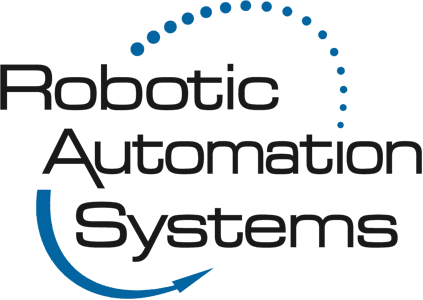14 Part Transfer Methods Used in Factory Automation
When designing an efficient assembly sequence, it’s common for engineering teams to break down the process into the individual tasks required to complete the job. These tasks may be manual, automated, or a combination of the two. If the job has enough steps, it may be necessary to transfer the parts to multiple workstations. That’s where specific part transfer methods come into play. Here’s a look at 14 ways to move objects between workstations in the automation industry.
- The manual transfer method is the most basic option. It involves handing or sliding a single part to the next workstation.
- Gravity conveyors and slides are angled so gravity can send the parts to their next destination.
- Vibratory rails and tracks use vibration to move parts forward. This method is only suitable if the parts won’t be damaged from sliding, touching, or colliding with one another.
- Walking beams efficiently move large quantities of parts in a linear motion with a minimal number of actuators.
- Rotary part handlers work similarly to walking beams, but they move parts rotationally instead of linearly.
- Robotic, servo, or pneumatic pick-and-place mechanisms are the automated version of manual transfer. The machines move one part at a time in a non-indexing and asynchronous fashion.
- Precision link indexing chassis provide indexing, synchronous part transfer using multi-part-holding nests attached to a roller chain. The chain and its nests move a precise distance to the next station. When the work is complete, the chain moves again.
- Indexing and reciprocating rotary dials transfer parts quickly and accurately. The biggest setback is that all part-holding nests must be identical.
- Powered rollers and belt conveyors move parts into an assembly station, with optional alignment tooling attachments for more accurate part location.
- Powered and free overhead chain systems use trolleys on a ceiling-mounted track. The continuous loop of moving chain keeps the trolleys a set distance apart, whether their movements are manual or automated.
- Recirculating pallet and puck conveyors move from station to station via a powered conveyor system. Pallets move conventional parts, while pucks handle cylindrical objects.
- Motorized pallets differ from recirculating pallets because the pallets themselves are powered by a small motor running on an electrified rail.
- Linear motor transfer systems utilize pallets with a powerful magnet. A linear motor embedded in the conveyor module moves pallets at high speeds in either direction.
- Automated guided vehicles (AGVs) are controlled by a computer and use onboard sensors and cameras to determine their location and speed. AGVs must be carefully programmed to operate without a rail or track.
Robotic Automation Systems is a leader and innovator of factory automation for the plastic injection molding industry. We can help you select the best part transfer methods to streamline your automated assembly process. Whether you need installation, training, or ongoing support, we’re here for you. Contact us today at (608) 849-0880 to discuss how we can help with your automation equipment needs.
